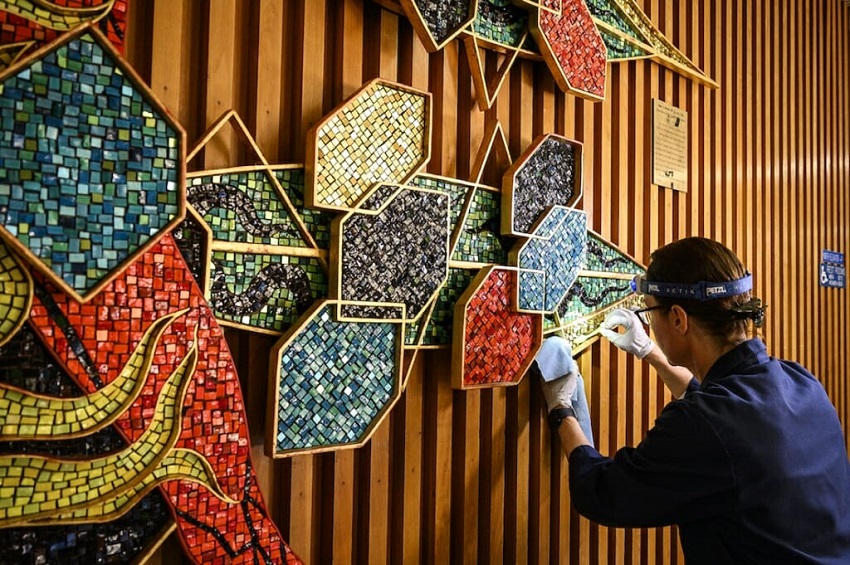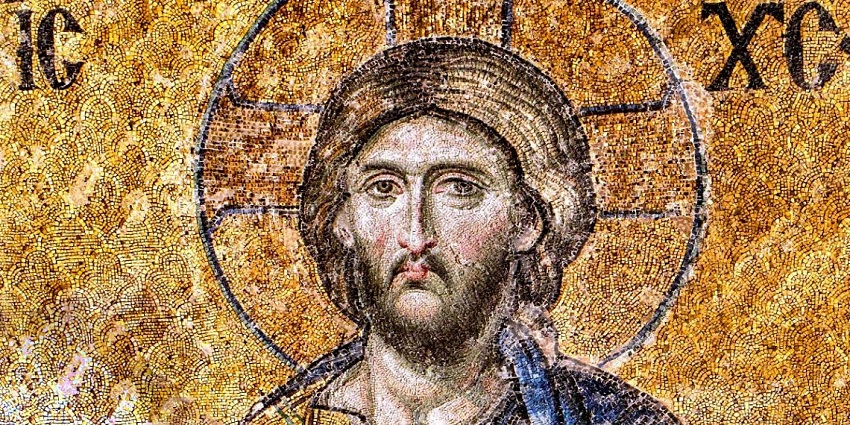Have you ever wondered why a particular art form is called “mosaic”? Mosaic art has been around for centuries and continues to captivate people with its beauty and intricate designs. In this article, we will delve into the origins of mosaic art and explore the reasons behind its unique name. So, let’s embark on a journey through history and uncover the fascinating story of why it is called mosaic. This article is created by https://visualeyesdecor.com/
The Origins of Mosaic Art
To understand why it is called mosaic, we need to trace its roots back to ancient times. The art of creating Mosaic tiles dates back to at least the 3rd millennium BCE, with evidence of its existence found in Mesopotamia, Egypt, and Greece. Mosaic art flourished during the Roman Empire, where it adorned grand structures such as villas, public buildings, and even bathhouses.
Etymology of the Term “Mosaic”
The term “mosaic” finds its origins in the Latin word “mosaicus,” which means “work of the Muses.” The Muses, in Greek mythology, were the goddesses of inspiration in literature, science, and the arts. The association between mosaic art and the Muses highlights the creative and artistic nature of this form of expression.
The Intricate Piece-by-Piece Technique
One of the defining characteristics of mosaic art is the technique used to create it. Mosaics are crafted by assembling small pieces of materials, such as colored glass, stone, or ceramic, called tesserae. These tesserae are meticulously arranged to form intricate patterns, images, or designs. The intricate nature of this technique is reflective of the careful craftsmanship required to bring a mosaic to life.
Symbolism and Significance
Mosaic art has often been associated with symbolism and deeper meanings. Throughout history, mosaics have been used to depict religious stories, mythological tales, and significant events. They serve as a visual narrative, conveying messages and evoking emotions through their vibrant colors and intricate details.
Mosaic Art in Different Cultures
Mosaic art has transcended time and geographical boundaries, leaving its mark on various cultures around the world. Here are a few notable examples:
- Byzantine Mosaics: The Byzantine Empire was renowned for its breathtaking mosaics, particularly in religious settings. Iconic examples include the Hagia Sophia in Istanbul, Turkey.
- Islamic Mosaics: Islamic art incorporates intricate geometric patterns, often seen in mosques and palaces. These mosaics are characterized by their precise craftsmanship and elaborate designs.
- Azulejos in Portugal: Azulejos are traditional Portuguese tiles that often feature intricate mosaic designs. They can be found adorning churches, palaces, and even ordinary houses.
Mosaic Art Today
Mosaic art continues to thrive in the modern world. Contemporary artists explore innovative techniques and materials, pushing the boundaries of traditional mosaic art. Public spaces, galleries, and private residences proudly display mosaic installations, adding a touch of beauty and creativity to our surroundings.
In conclusion, mosaic art has a rich history and holds a special place in the world of artistic expression. The term “mosaic” originated from the Latin word “mosaicus,” emphasizing its association with the Muses and the realm of inspiration. The meticulous technique of assembling small tesserae has given rise to breathtaking and meaningful creations throughout the ages. From ancient civilizations to contemporary artists, mosaic art continues to captivate us with its beauty and timeless appeal.
FAQs
Q: What materials are commonly used in mosaic art?
A: Mosaic artists often use materials such as colored glass, stone, ceramic, and even natural materials like shells or pebbles.
Q: How long does it take to create a mosaic artwork?
A: The time required to create a mosaic artwork varies depending on its size, complexity, and the artist’s skill level. It can range from several days to several months.
Q: Can anyone learn to create mosaic art?
A: Absolutely! Mosaic art is a versatile form of expression that can be learned by anyone with an interest in the craft. There are numerous resources available, including workshops, classes, and online tutorials.
Q: Are there any famous mosaic artworks?
A: Yes, there are several renowned mosaic artworks that have stood the test of time. One notable example is the Ravenna Mosaics in Italy, famous for their intricate designs and historical significance.
Q: Can mosaic art be used for functional purposes?
A: Yes, mosaic art can serve both decorative and functional purposes. For instance, mosaic tiles can be used to embellish walls, floors, or even furniture, adding a unique and artistic touch to the space.





